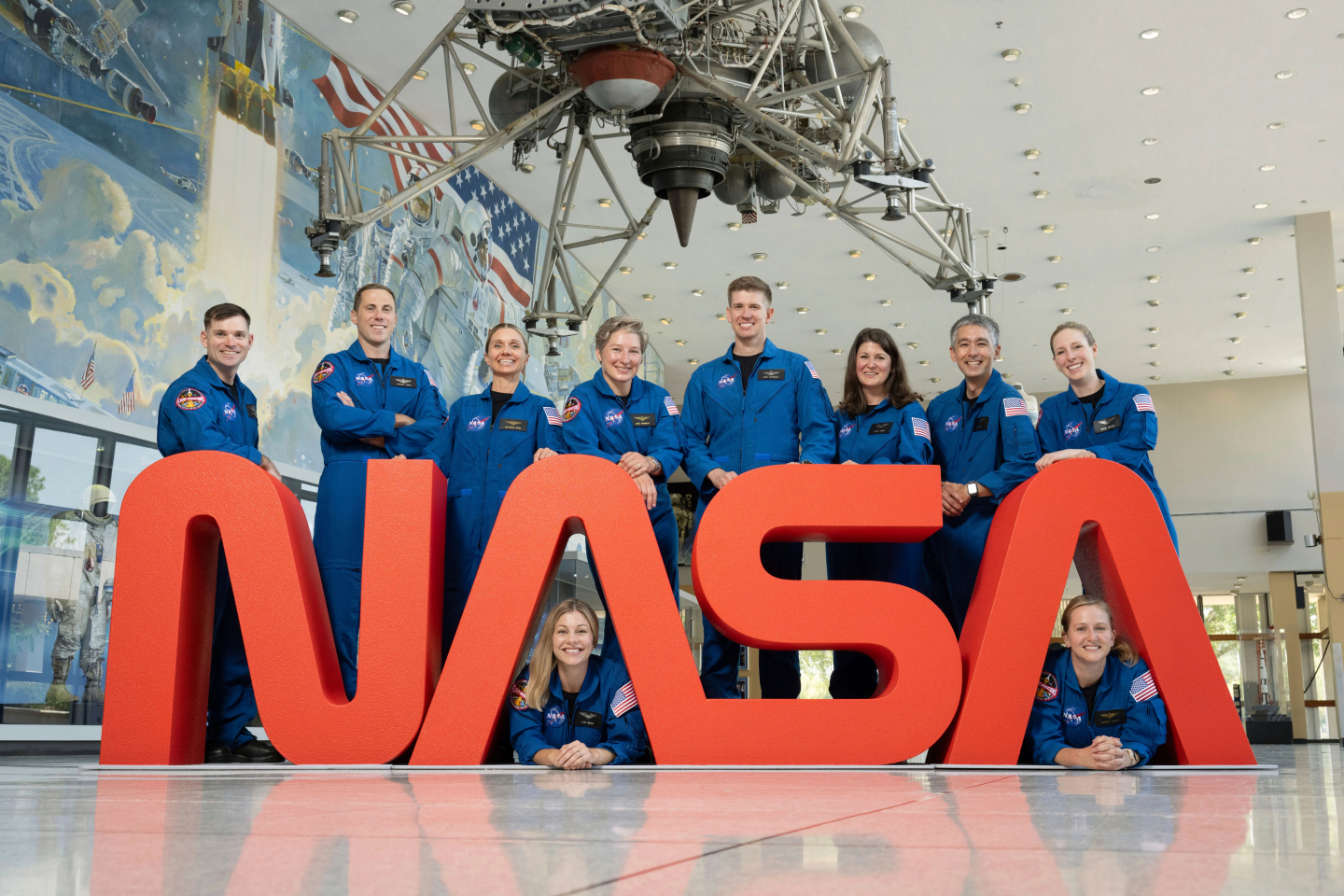Copyright realclearscience

“We are effectively in a Space Race 2.0.” That is how Brendan Carr, chairman of the Federal Communications Commission (FCC), rightly framed the high stakes in this new era of rapid innovation and global competition. It was encouraging to see Chairman Carr declare this October "Space Month" to emphasize the pivotal role the U.S. space industry will need to play in America’s future prosperity, security and technological leadership. This proactive, pro-space approach from the new administration comes not a moment too soon, as new investments in space innovation are quickly coming online to secure the path forward for U.S. leadership in space. For example, in Huntsville, Alabama, the local economy is already making gains as the space industry transitions from legacy infrastructure like the International Space Station toward new investments from the commercial sector. NASA’s Marshall Space Flight Center (MSFC) in Huntsville already employs nearly 7,000 workers, and as MSFC’s Manager of Partnerships and Opportunity Development, Nick Case explains, the shift to commercial space stations is “a chance to grow a thriving economy in space – new business models, new international collaborations and new opportunities right here in North Alabama.” Over on the Space Coast, business is literally skyrocketing. Brevard County, Florida, is now the nation’s 10th fastest-growing community, in part thanks to billions in new capital investments and hundreds of new full-time jobs from the fast-growing low Earth orbit (LEO) satellite sector, including SpaceX and Amazon’s Project Kuiper. USA Today reports Brevard’s unemployment rate is now less than one-third what it was in the 2010s when the space shuttle program was winding down. Launches from the Space Coast have already more than quadrupled in just the last decade, and experts say the sky is the limit for the region. Already, Space Race 2.0 is delivering. But the impact of America’s 21st-century space innovation will reach far beyond the companies and communities where the space sector plays an outsized role. New innovations like LEO satellite broadband will unlock a ripple effect of opportunity in neighborhoods and main streets from coast to coast. Unlike prior generations of “satellite internet,” the new LEO satellites are cheaper to build, cheaper to launch and orbit much closer to Earth in greater numbers. These advances allow LEO broadband providers to offer what FCC Space Chief Jay Schwarz calls “fiber-like speeds” without the time and money it takes to extend fiber infrastructure. Getting online is as simple as plugging in a terminal and pointing it skyward, offering another solution to connect the nearly 24 million Americans who still lack reliable broadband with the opportunities and advantages of 21st-century connectivity. All the best research suggests the economic and social benefits of extending fast, reliable and affordable broadband access to these underserved Americans will be enormous, injecting stronger, more connected K-12 education, public health and job opportunities into communities that need it most. But for America to keep building momentum, our leaders need to modernize outdated regulations and policies that threaten to hold our space progress back. We cannot win a 21st-century Space Race if American innovators are buried in 20th-century red tape. Synchronizing fragmented multi-agency launch approvals, streamlining redundant environmental reviews and standardizing range safety determinations are key efficiencies that will move progress forward faster. U.S. leadership in space doesn’t just expand our reach into the cosmos. It has the potential to transform and improve daily life for millions right here at home. So long as our leaders create the conditions that allow technologies like LEO satellite broadband to keep advancing, we can equip every home, business, school and farm in the U.S.A. to thrive and keep America leading.



